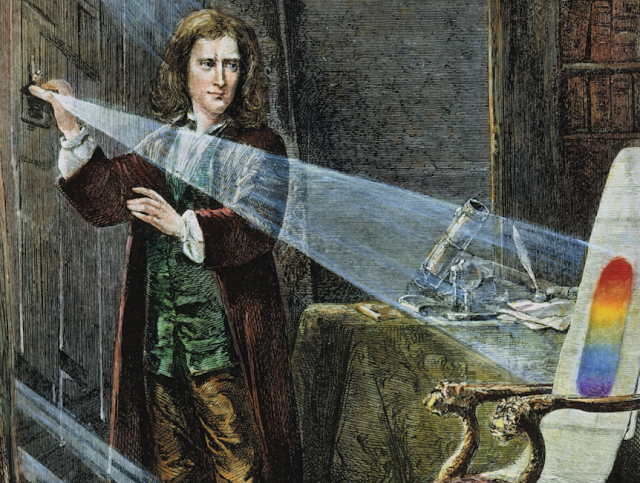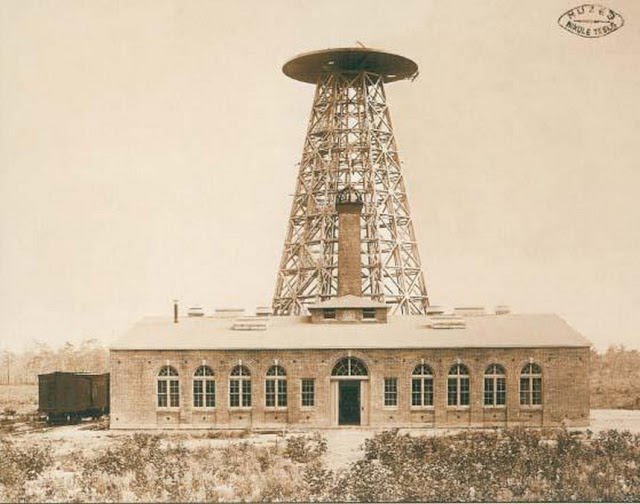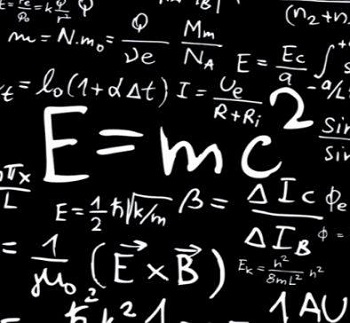Alfred Bernhard Nobel (21 October 1833 – 10 December 1896) was a Swedish chemist, engineer, innovator, and armaments manufacturer.
 |
| Alfred Bernhard Nobel |
Known for inventing dynamite, Nobel also owned Bofors (Bofors AB is a Swedish arms manufacturing company. The name has been associated with the iron industry and artillery manufacturing for more than 350 years.), which he had redirected from its previous role as primarily an iron and steel producer to a major manufacturer of cannon and other armaments. Nobel held 355 different patents, dynamite being the most famous. After reading a premature obituary which condemned him for profiting from the sales of arms, he bequeathed his fortune to institute the Nobel Prizes. The synthetic element nobelium was named after him. His name also survives in modern-day companies such as Dynamit Nobel and AkzoNobel, which are descendants of mergers with companies Nobel himself established.
 |
| A Lance-Corporal from Finnish 43rd light anti-aircraft divison reloading 40mm Bofors AA-gun already in position near the township of Nokia/Finland, 25 April 1944, during Continuation War. Finland bought license for manufacturing 40-Bofors |
Life and career
Born in Stockholm, Alfred Nobel was the third son of Immanuel Nobel (1801–1872), an inventor and engineer, and Carolina Andriette (Ahlsell) Nobel (1805–1889). The couple married in 1827 and had eight children. The family was impoverished, and only Alfred and his three brothers survived past childhood. Through his father, Alfred Nobel was a descendant of the Swedish scientist Olaus Rudbeck (1630–1702), and in his turn the boy was interested in engineering, particularly explosives, learning the basic principles from his father at a young age. Alfred Nobel's interest in technology was inherited from his father, an alumnus of Royal Institute of Technology in Stockholm.
Following various business failures, Nobel's father moved to Saint Petersburg in 1837 and grew successful there as a manufacturer of machine tools and explosives. He invented modern plywood and started work on the "torpedo". In 1842, the family joined him in the city. Now prosperous, his parents were able to send Nobel to private tutors and the boy excelled in his studies, particularly in chemistry and languages, achieving fluency in English, French, German and Russian. For 18 months, from 1841 to 1842, Nobel went to the only school he ever attended as a child, the Jacobs Apologistic School in Stockholm.
As a young man, Nobel studied with chemist Nikolai Zinin; then, in 1850, went to Paris to further the work. There he met Ascanio Sobrero, who had invented nitroglycerin three years before. Sobrero strongly opposed the use of nitroglycerin, as it was unpredictable, exploding when subjected to heat or pressure. But Nobel became interested in finding a way to control and use nitroglycerin as a commercially usable explosive, as it had much more power than gunpowder. At age 18, he went to the United States for four years to study chemistry, collaborating for a short period under inventor John Ericsson, who designed the American Civil War ironclad USS Monitor. Nobel filed his first patent, an English patent for a gas meter, in 1857, while his first Swedish patent, which he received in 1863, was on 'ways to prepare gunpowder'.
The family factory produced armaments for the Crimean War (1853–1856); but, had difficulty switching back to regular domestic production when the fighting ended and they filed for bankruptcy. In 1859, Nobel's father left his factory in the care of the second son, Ludvig Nobel (1831–1888), who greatly improved the business. Nobel and his parents returned to Sweden from Russia and Nobel devoted himself to the study of explosives, and especially to the safe manufacture and use of nitroglycerine (discovered in 1847 by Ascanio Sobrero, one of his fellow students under Théophile-Jules Pelouze at the University of Paris). Nobel invented a detonator in 1863; and, in 1865, he designed the blasting cap.
On 3 September 1864, a shed, used for the preparation of nitroglycerin, exploded at the factory in Heleneborg, Stockholm, killing five people, including Nobel's younger brother Emil. Dogged by more minor accidents but unfazed, Nobel went on to build further factories, focusing on improving the stability of the explosives he was developing. Nobel invented dynamite in 1867, a substance easier and safer to handle than the more unstable nitroglycerin. Dynamite was patented in the US and the UK and was used extensively in mining and the building of transport networks internationally. In 1875 Nobel invented gelignite, more stable and powerful than dynamite, and in 1887 patented ballistite, a predecessor of cordite.
Nobel was elected a member of the Royal Swedish Academy of Sciences in 1884, the same institution that would later select laureates for two of the Nobel prizes, and he received an honorary doctorate from Uppsala University in 1893.
 |
| Alfred Nobel's death mask, at Bjorkborn, Nobel's residence in Karlskoga, Sweden. |
Nobel's brothers Ludvig and Robert exploited oilfields along the Caspian Sea and became hugely rich in their own right. Nobel invested in these and amassed great wealth through the development of these new oil regions. During his life Nobel issued 355 patents internationally and by his death his business had established more than 90 armaments factories, despite his belief in pacifism.
In 1888, the death of his brother Ludvig caused several newspapers to publish obituaries of Alfred in error. A French obituary stated "Le marchand de la mort est mort" ("The merchant of death is dead").
Death
Accused of “high treason against France” for selling Ballistite to Italy, Nobel moved from Paris to Sanremo, Italy in 1891. On December 10, 1896, Alfred Nobel succumbed to a lingering heart ailment, suffered a stroke, and died. Unbeknownst to his family, friends or colleagues, he had left most of his wealth in trust, in order to fund the awards that would become known as the Nobel Prizes. He is buried in Norra begravningsplatsen in Stockholm.
Inventions
Nobel found that when nitroglycerin was incorporated in an absorbent inert substance like kieselguhr (diatomaceous earth) it became safer and more convenient to handle, and this mixture he patented in 1867 as 'dynamite'. Nobel demonstrated his explosive for the first time that year, at a quarry in Redhill, Surrey, England. In order to help reestablish his name and improve the image of his business from the earlier controversies associated with the dangerous explosives, Nobel had also considered naming the highly powerful substance "Nobel's Safety Powder", but settled with Dynamite instead, referring to the Greek word for "power" .
 |
| Alfred Nobel with women mixing dynamite |
Nobel later on combined nitroglycerin with various nitrocellulose compounds, similar to collodion, but settled on a more efficient recipe combining another nitrate explosive, and obtained a transparent, jelly-like substance, which was a more powerful explosive than dynamite. 'Gelignite', or blasting gelatin, as it was named, was patented in 1876; and was followed by a host of similar combinations, modified by the addition of potassium nitrate and various other substances.
 |
| Nobel fabrik dynamite wooden box |
Gelignite was more stable, transportable and conveniently formed to fit into bored holes, like those used in drilling and mining, than the previously used compounds and was adopted as the standard technology for mining in the Age of Engineering bringing Nobel a great amount of financial success, though at a significant cost to his health. An offshoot of this research resulted in Nobel's invention of ballistite, the precursor of many modern smokeless powder explosives and still used as a rocket propellant.
Nobel Prizes
In 1888 Alfred's brother Ludvig died while visiting Cannes and a French newspaper erroneously published Alfred's obituary. It condemned him for his invention of dynamite and is said to have brought about his decision to leave a better legacy after his death. The obituary stated, Le marchand de la mort est mort ("The merchant of death is dead") and went on to say, "Dr. Alfred Nobel, who became rich by finding ways to kill more people faster than ever before, died yesterday." Alfred (who never had a wife or children) was disappointed with what he read and concerned with how he would be remembered.
 |
| Nobel Prize |
On 27 November 1895, at the Swedish-Norwegian Club in Paris, Nobel signed his last will and testament and set aside the bulk of his estate to establish the Nobel Prizes, to be awarded annually without distinction of nationality. After taxes and bequests to individuals, Nobel's will allocated 94% of his total assets, 31,225,000 Swedish kronor, to establish the five Nobel Prizes. This converted to £1,687,837 (GBP) at the time. In 2012, the capital was worth around SEK 3.1 billion (USD 472 million, EUR 337 million), which is almost twice the amount of the initial capital, taking inflation into account.
 |
| Nobel Prize Award Ceremony, Stockholm 2007 |
The first three of these prizes are awarded for eminence in physical science, in chemistry and in medical science or physiology; the fourth is for literary work "in an ideal direction" and the fifth prize is to be given to the person or society that renders the greatest service to the cause of international fraternity, in the suppression or reduction of standing armies, or in the establishment or furtherance of peace congresses.
The formulation for the literary prize being given for a work "in an ideal direction" (i idealisk riktning in Swedish), is cryptic and has caused much confusion. For many years, the Swedish Academy interpreted "ideal" as "idealistic" (idealistisk) and used it as a reason not to give the prize to important but less romantic authors, such as Henrik Ibsen and Leo Tolstoy. This interpretation has since been revised, and the prize has been awarded to, for example, Dario Fo and José Saramago, who do not belong to the camp of literary idealism.
There was room for interpretation by the bodies he had named for deciding on the physical sciences and chemistry prizes, given that he had not consulted them before making the will. In his one-page testament, he stipulated that the money go to discoveries or inventions in the physical sciences and to discoveries or improvements in chemistry. He had opened the door to technological awards, but had not left instructions on how to deal with the distinction between science and technology. Since the deciding bodies he had chosen were more concerned with the former, the prizes went to scientists more often than engineers, technicians or other inventors.
In 2001, Alfred Nobel's great-great-nephew, Peter Nobel (b. 1931), asked the Bank of Sweden to differentiate its award to economists given "in Alfred Nobel's memory" from the five other awards. This request added to the controversy over whether the Bank of Sweden Prize in Economic Sciences in Memory of Alfred Nobel is actually a legitimate "Nobel Prize".
Source:
Wikipedia












































